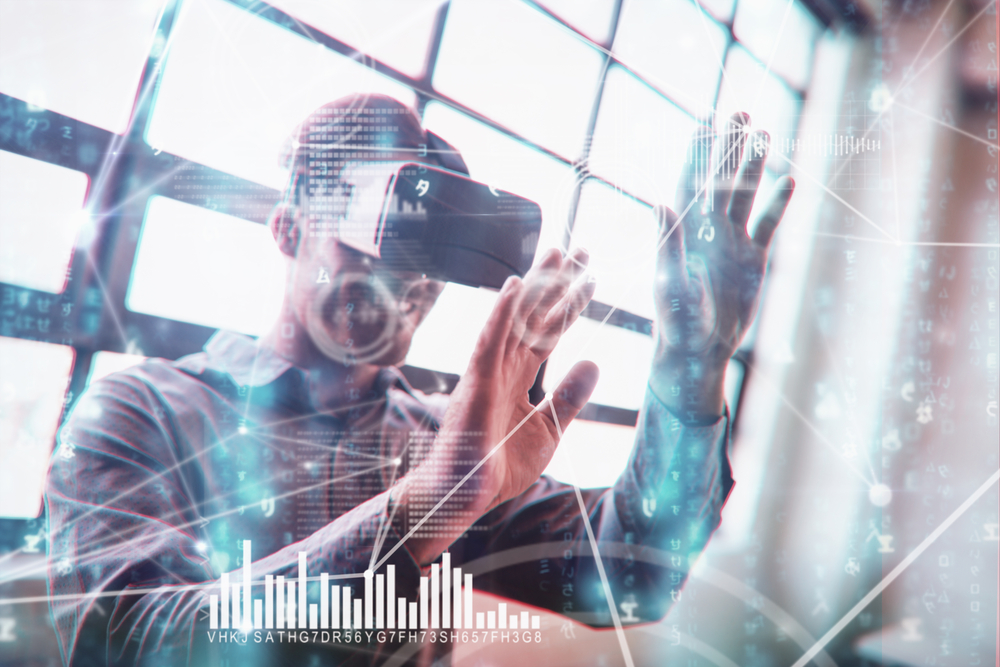Nearly two decades after it established widespread presence on the global scene with lofty promises and high potential, virtual reality (VR) is back with a vengeance. It’s true that it never really went anywhere, but after the early-90s hype surrounding VR technology, it did fall into the periphery for a number of years, with limited use from a business or consumer perspective.
Now, with widespread affordability and mass-market penetration, all that’s changed. VR – and its cousin augmented reality (AR) – are simply a part of the equation of doing business. The global AR market is expected to grow from $11 billion in 2018 to over $60 billion in 2023 and the VR market is expected to jump from $7 billion to $34 billion in the same timeframe, according to a recent report.
These technologies have demonstrated interesting applications in training, from military to medical, and they’ve obviously been used to market to consumers by nurturing brands and using virtual storytelling.
But what about VR/AR’s role in a B2B content marketing context?
This was a question that came up in last week’s webinar, Boost your Content Reach and Engagement, presented jointly by Rock Content and Search Engine Journal. While it is odd to think about how VR might be applicable in a B2B context, there are a few examples of exceptional execution.
1. Cisco launches virtual trade show
In this example, provided through a great B2B Marketing asset, we can see how Cisco worked with a 3D interactive sales and marketing company to build out an immersive product catalogue. It’s like a virtual trade show that gives users a clear sense of what products actually look like, and enables users to virtually “walk around” and engage with their offering.
2. VR in the food processing industry
In another great example of VR leveraged in a B2B context, VERYX, which manufacturers food processing systems, created a very detailed VR view of its digital food sorting platform. Take a look here.
3. How AR enhances medical device uses
Ottobock makes and supplies prosthetic limbs, and it sought a way to display its products and come across as the innovator it is, from a brand perspective. It used an AR application to allow it to show CGI versions of three specific prosthetic products and enable salespeople to show, within a demo, how an upper limb prosthesis worked and articulated. The result was brilliant and showed how AR and VR can be truly relevant in a B2B context.
While you shouldn’t feel behind the game if you haven’t incorporated VR or AR in your content marketing efforts yet, now is a great time to start building it into your content planning and strategy, a subject we’ll be diving into in the coming weeks.
Learn more about some of the biggest trends in content reach and engagement to take your content marketing game to the next level by viewing our recent webinar.








